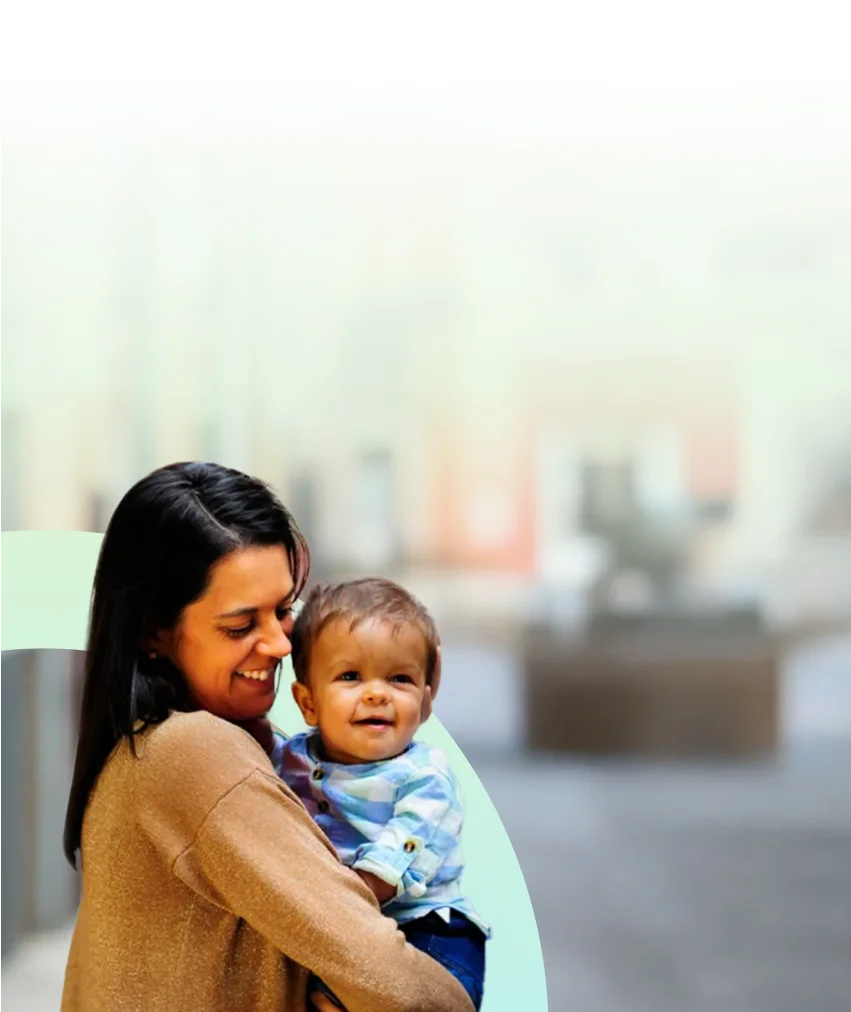Afsharpaiman S, et al. Respiratory difficulties and breathing disorders in achondroplasia. Pediatric Respiratory Reviews. 2013;14(4):250-255.
American Lung Association. Oxygen Therapy: Traveling with Oxygen. https://www.lung.org/lung-health-diseases/lung-procedures-and-tests/oxygen-therapy/traveling-with-oxygen. Accessed 14 March 2023.
Baird D, et al. Diagnosis and treatment of gastroesophageal reflux in infants and children. American Family Physician. 2015. 92(8).
Chitty L, et al. New aids for the non-invasive prenatal diagnosis of achondroplasia: dysmorphic features, charts of fetal size and molecular confirmation using cell-free fetal DNA in maternal plasma. Ultrasound in Obstetrics & Gynecology. 2011;37:283-289.
Chou Y, et al. Evaluation of feeding difficulties using videofluoroscopic swallow study and swallowing therapy in infants and children. Pediatrics and Neonatology. 2023;64:547-553.
Collins W & Choi S. Otolaryngolic manifestations of achondroplasia. Archives of Otolaryngology-Head and Neck Surgery. 2007.133:237-244.
HealthyChildren.Org. When your baby needs oxygen at home. https://www.healthychildren.org/English/ages-stages/baby/preemie/Pages/When-Baby-Needs-Oxygen-At-Home.aspx. Accessed 14 March 2024.
Hoover-Fong J, et al. Health supervision for people with achondroplasia. Pediatrics. 2020;145(6):e20201010.
Ireland P, et al. Optimal management of complications associated with achondroplasia. The Application of Clinical Genetics. 2014. 7:117-125.
Krakow D, et al. Guidelines for the prenatal diagnosis of fetal skeletal dysplasias. Genetics in Medicine. 2009;11:127-133.
Legare J, et al. Achondroplasia Natural History Study (CLARITY): 60-year experience in cervicomedullary decompression in achondroplasia from four skeletal dysplasia centers. Journal of Neurosurgery: Pediatrics. 2021. 28:229-235.
Leung A, et al. Gastroesophageal reflux in children: An updated review. Drugs in Context. 2019. 8:21259.
Monedero P, et al. Is management of anesthesia in achondroplastic dwarfs really a challenge? Journal of Clinical Anesthesia. 1997. 9:208–212.
Nahm N, et al. Achondroplasia natural history study (CLARITY): 60‑year experience in orthopedic surgery from four skeletal dysplasia centers. Orphanet Journal of Rare Diseases. 2023. 18:139.
Okenfuss E, et al. Natural history of achondroplasia: A retrospective review of longitudinal clinical data. 2020. American Journal of Medical Genetics. 182A:2540-2551.
Pauli R, et al. Achondroplasia: a comprehensive clinical review. Orphanet Journal of Rare Diseases. 2019;14:1-49.
Rosenfeld R, et al. Clinical practice guideline: Otitis media with effusion (update). Otolaryngology-Head and Neck Surgery. 2016. 154(IS)S1-S41.
Ryan A, et al. Fifteen-minute consultation: Paediatric night sweats – when to reassure and when to investigate. Archives of Disease in Childhood: Education and Practice. 2023;108:22–28.
Savarirayan R, et al. Best practice guidelines regarding prenatal evaluation and delivery of patients with skeletal dysplasia. American Journal of Obstetrics & Gynecology. 2018;219(6):545-562.
Savarirayan R, et al. International consensus statement on the diagnosis, multidisciplinary management and lifelong care of individuals with achondroplasia. Nature Reviews Endocrinology. 2022;18:173–189.
Schilder A, et al. Otitis media. Nature Reviews Disease Primers. 2016;2(1):1–18.
Sforza E, et al. What to expect of feeding abilities and nutritional aspects in achondroplasia patients: A narrative review. Genes. 2023;14(199).
Umay E, et al. Pediatric dysphagia overview: Best practice recommendation study by multidisciplinary experts. World Journal of Pediatrics. 2022;18(11):715–724.
White K, et al. Best practices in the evaluation and treatment of foramen magnum stenosis in achondroplasia during infancy. American Journal of Medical Genetics. 2016;170(1):42-51.
Wright M & Irving M. Clinical management of achondroplasia. Archives of Disease in Childhood. 2012. 97(2),129-134.
